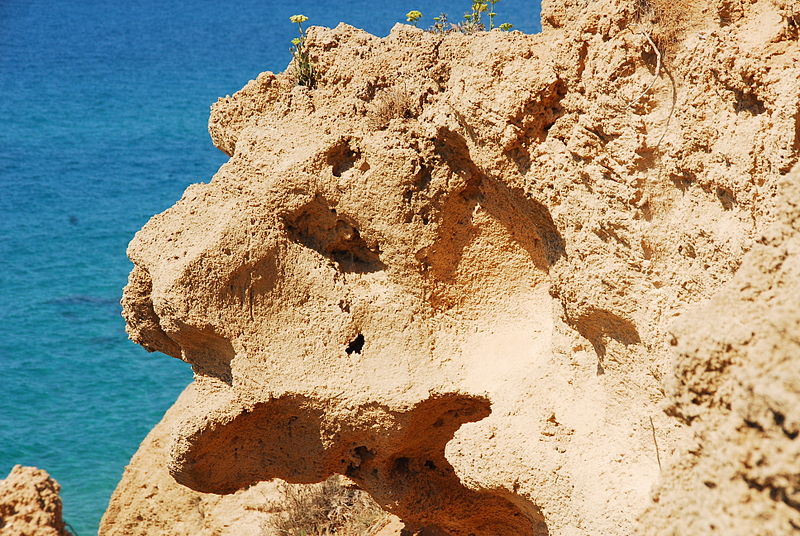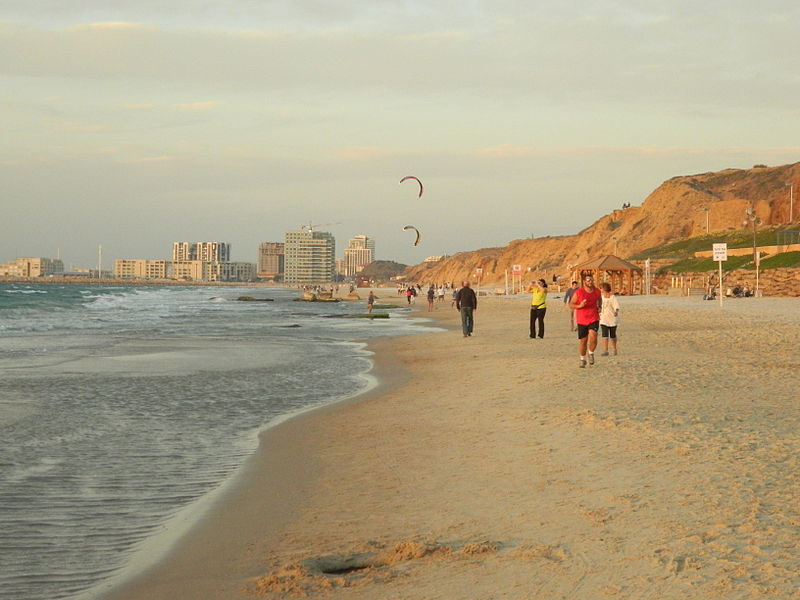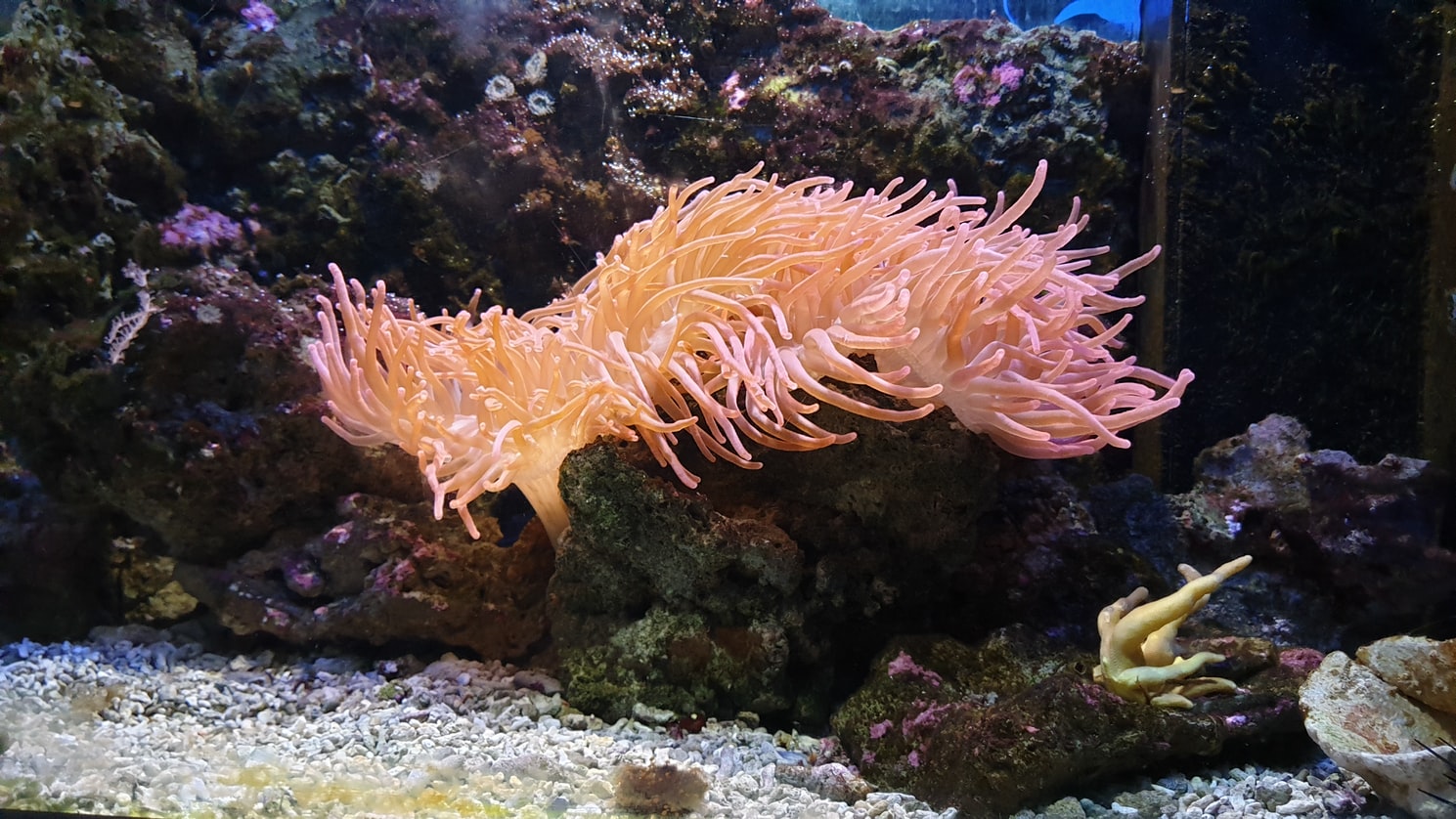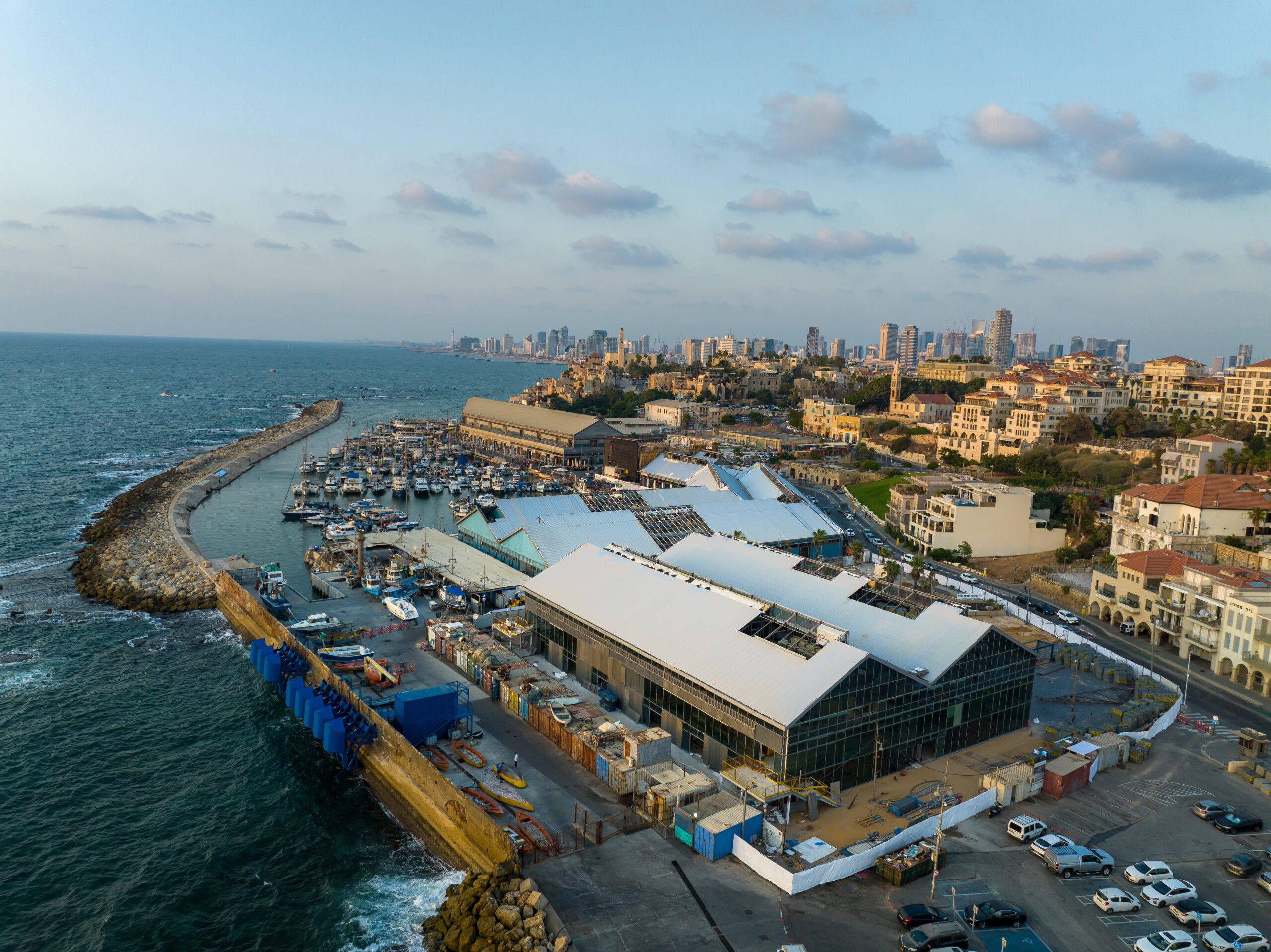The Mediterranean’s Time Machine – The Kurkar Ridges of Tel-Aviv Yafo
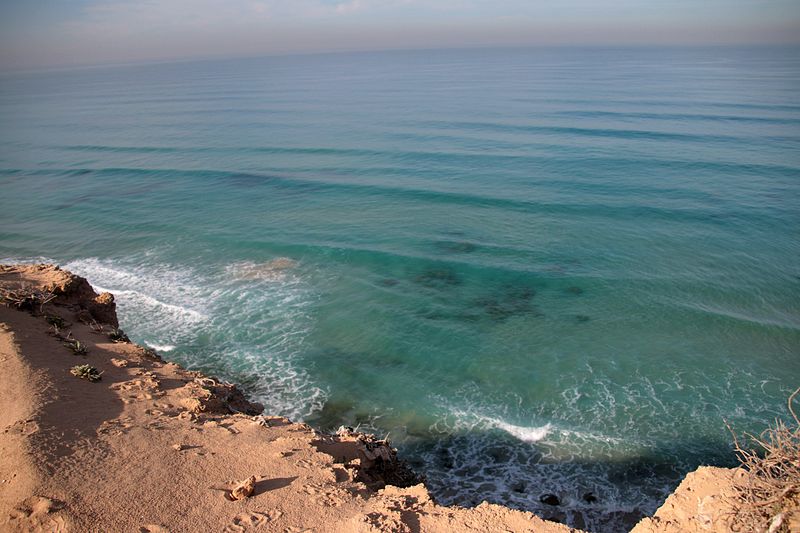
Not just a hit by Arik Sinai, Kurkar, and more precisely the Kurkar Ridges, are a unique phenomenon to our country that affords us a glimpse into our shoreline, as it appeared hundreds of thousands and even millions of years ago.
The kurkar ridge is a quasi fossilized dune – a union of quartz sand originating in the Nile, shell fragments of terrestrial mollusks, shell fragments and marine mollusks, as well as of limestone carried by dust. The encounter between quartz sand and limestone that originates mainly in the sea usually takes place on the beach. In addition, the fossilization of some of these dunes also depends on the humid Mediterranean climate prevailing in the coastal plain. The kurkar ridges, therefore, are unique to Israel, essentially indicating ancient shorelines that span back millions and hundreds of thousands of years.
In Israel, the ancient kurkar ridges that are also located deep inland – Kirya, at Tzomet Hasira and even in the Arava, as well as in the depths of the sea. The coastal kurkar cliff (located on the coastline as it is now) sprawls along 45km of the coastline, between Ashkelon and Hadera, peaking at 50meters.
Tel-Aviv Yafo is home to a kurkar ridge in the southern-most point of the city, Givat Aliya beach, Independence Garden, and the north coastline. The northern ridge is not developed at all and constitutes an important ecological corridor that connects the coastline with the natural strips east of the city (such as Hayarkon Park).
The kurkar ridges are a base for Mediterranean desert, coastal and even endemic species that have evolved in this unique habitat. Kurkar and red loam contain relatively high concentrations of endemic plant species, of 26 species: 9 are unique to Israel alone and 10 species, such as Tel Aviv garlic, are in serious danger of extinction.
The kurkar ridge contains many burrows of mammals, reptiles, wild bees and squirrels. The nature survey conducted by the Tel-Aviv Yafo Municipality in 2012 found in the ridge such reptiles as ocellated skink, spur-thighed tortoise, Schokari sand racer, Montpellier snake, Pallas’s glass lizard, sea turtle; European bee-eater, and even mammals such as Tristram’s jird, red fox, among many other species.
In recent years, the kurkar ridge has risen to the shore in the context of the collapse of the kurkar cliffs along the country’s coastline. The collapse and regression to the east is a natural process resulting from the weathering of the sea forces from the west (waves, winds, narrowing beaches) and surface runoff that cuts into the cliff from the east. Today two weathering processes appear to be accelerated by human development. Construction on the coastline harms the soil’s permeability and increases the surface runoff. Construction on the coastline changes the sand transport regimens and causes shoreline narrowing and an increase in the intensity of the waves hitting the cliff. Additionally, winter storms in the country appear to be getting stronger as a result of climate change, the intensity and frequency of rain events and storm surges are getting stronger.
The Israeli government has been, in recent years, working to promote protection of the coastal cliff. In 2010, government resolution No. 1620 was passed to cope with the collapse of the coastal cliff, and in April 2011, the government approved the recommendations of the implementation committee. In June 2015, the government approved the plan outlining emergency protections for the coastal cliff, TAMA 13 Amendment 9/A at a cost of half a billion NIS.
The Tel-Aviv Yafo Municipality operates a cliff and breakwater unit designed to protect the kurkar cliffs on the coastline.
In the future, the Municipality plans to build in the northwestern quarter of Tel-Aviv (Plan 3700). As part of the plan, a coastal park will be set up along the coastline. 2.5km of which designated as a nature park that will preserve the habitats unique to the city’s north kurkar ridge.
